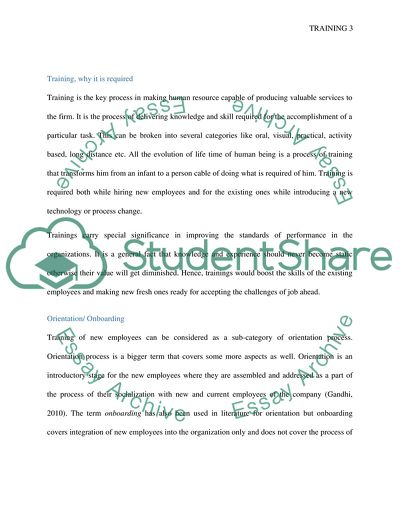Trainng Research Paper Example | Topics and Well Written Essays - 1250 words. https://studentshare.org/human-resources/1832260-trainng
Trainng Research Paper Example | Topics and Well Written Essays - 1250 Words. https://studentshare.org/human-resources/1832260-trainng.


